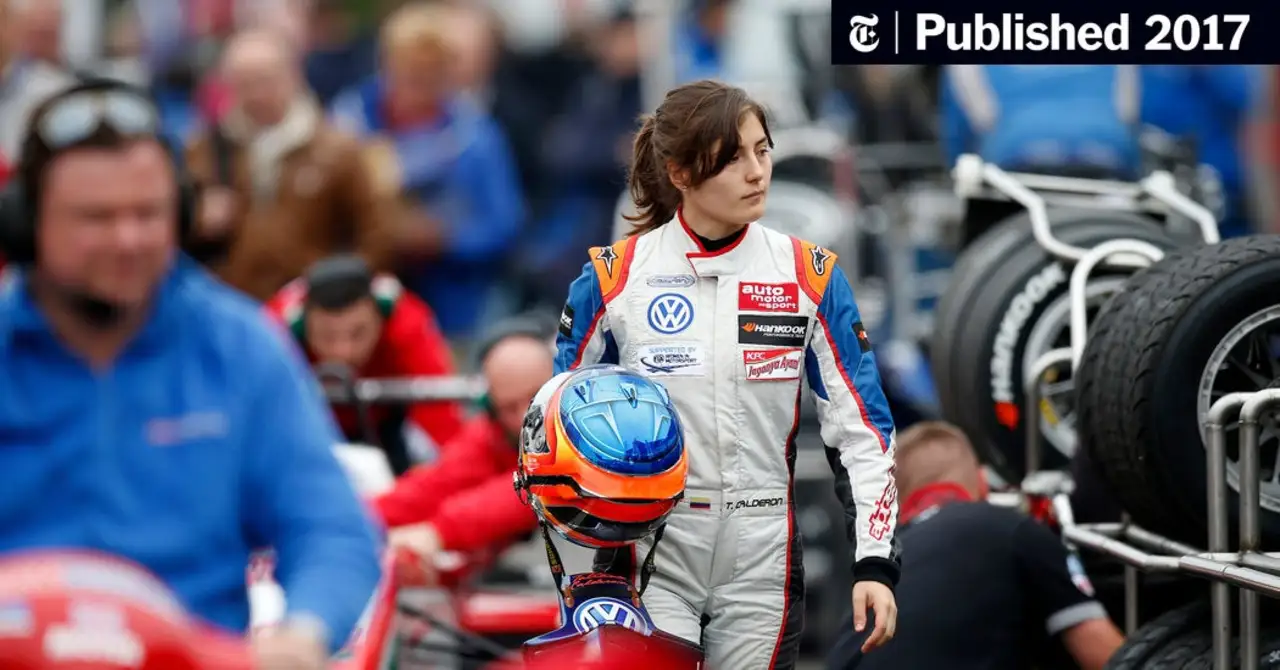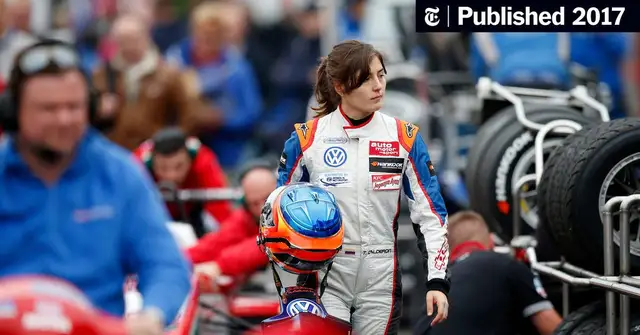Introduction: The Great Debate
As a passionate Formula 1 fan, I've often heard the question, "Are both Mercedes F1 cars the same?" The short answer is yes, but there's much more to the story. In this article, I'll discuss everything from car design and manufacturing to team strategy and driver performance. So, let's dive into the fascinating world of Mercedes F1 and explore the truth behind the two seemingly identical cars.
The Design and Manufacturing Process
When it comes to designing and manufacturing a Formula 1 car, every detail matters. Teams invest millions of dollars and countless hours in research and development to create the perfect machine. At Mercedes, the design process starts with a clean sheet of paper and the brilliant minds of their engineers.
Each car is meticulously crafted to meet the specific rules and regulations set forth by the FIA, the governing body of Formula 1. This means that both Mercedes F1 cars are built with the same attention to detail and adherence to the rules. However, it's important to remember that even though the cars start with the same blueprint, they can evolve differently throughout the season as the team works to improve performance and address any issues that may arise.
Driver Customization and Preferences
While the Mercedes F1 cars may be built to the same specifications, each driver has their own preferences when it comes to car setup and handling. This is where the cars can begin to differ slightly. The team works closely with each driver to customize the car's setup, including factors such as suspension stiffness, brake balance, and aerodynamic tweaks.
These customizations can have a significant impact on how the car performs on track and how it suits each driver's driving style. This means that, while the cars may appear to be the same on the surface, the way they are set up and handle on track can be quite different.
Team Strategy and Decision Making
Formula 1 is as much about strategy and decision making as it is about raw speed and performance. The Mercedes team employs a team of strategists and data analysts to make crucial decisions during a race, from tire selection and pit stop timing to managing engine settings and race pace.
These strategic decisions can differ between the two cars, leading to varying results on track. While the team strives for equal treatment of both drivers, sometimes circumstances dictate that one driver may receive preferential treatment in terms of strategy or even car upgrades. This can create a perception that the cars are not the same, even though they are fundamentally built to the same specifications.
Driver Performance and Skill
Perhaps the most significant factor that can make the two Mercedes F1 cars appear different is the performance and skill of the drivers themselves. While both Lewis Hamilton and Valtteri Bottas are incredibly talented drivers, each has their own unique driving style and approach to racing.
These differences in driving style can result in varying performances on track, leading fans to question if the cars are genuinely the same. As we know, Formula 1 is a team sport, but the driver's skill plays a crucial role in extracting the maximum potential from the car.
Car Upgrades and Development
Throughout a Formula 1 season, teams constantly work on developing new parts and upgrades to improve the performance of their cars. These upgrades can include anything from aerodynamic improvements to suspension tweaks and even engine upgrades.
While Mercedes aims to provide both drivers with the same upgrades simultaneously, logistical factors and manufacturing constraints can sometimes mean that one car receives an upgrade before the other. This can lead to a temporary performance disparity between the two cars, reinforcing the notion that they may not be the same.
The Impact of External Factors
External factors such as track conditions, weather, and even luck can play a significant role in the performance of a Formula 1 car. Even if both Mercedes cars are set up identically, these external factors can create differing results on track.
For example, if one driver encounters traffic or a safety car period, it can significantly impact their race result compared to their teammate. These factors are beyond the team's control and can contribute to the perception that the cars are not the same.
Psychological Factors and Team Dynamics
Another critical aspect of Formula 1 racing is the psychological battle between teammates. Both drivers are striving to be the best and achieve success for themselves and the team. This competitive nature can lead to differences in how each driver approaches their car and race strategy.
Furthermore, the relationship between a driver and their engineering team can impact the car's setup and performance. A strong bond and clear communication can lead to better decision-making and ultimately better results on track.
Conclusion: Are Both Mercedes F1 Cars the Same?
After exploring the various factors that can impact the performance and perception of the two Mercedes F1 cars, it's clear that while they may be fundamentally built to the same specifications, numerous factors can make them appear different on track.
From driver preferences and team strategy to car upgrades and external factors, it's essential to consider the bigger picture when comparing the two cars. Ultimately, while they may not be identical in every sense, they are indeed both built to the highest standards and designed to achieve success on the world's most challenging racing circuits.

